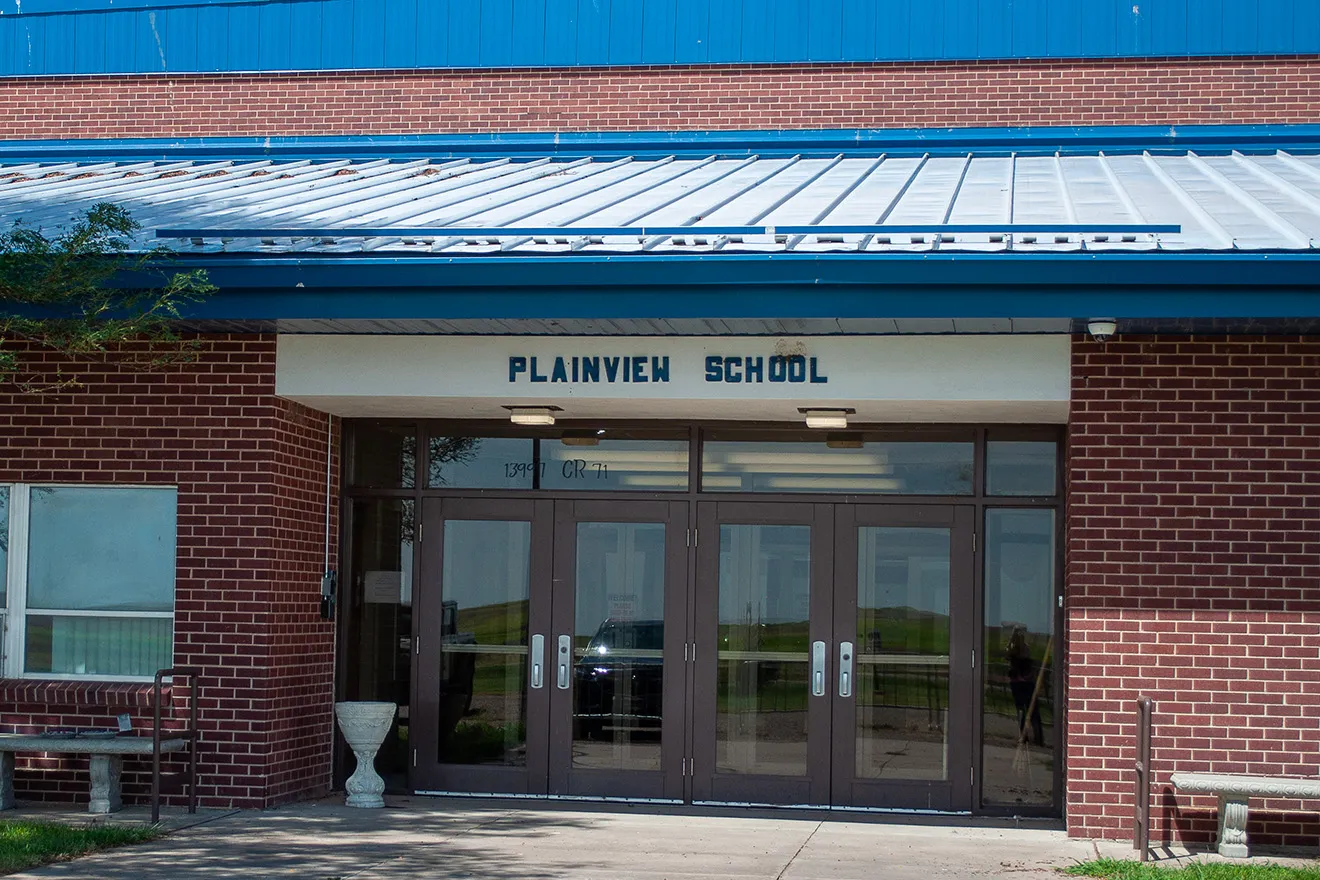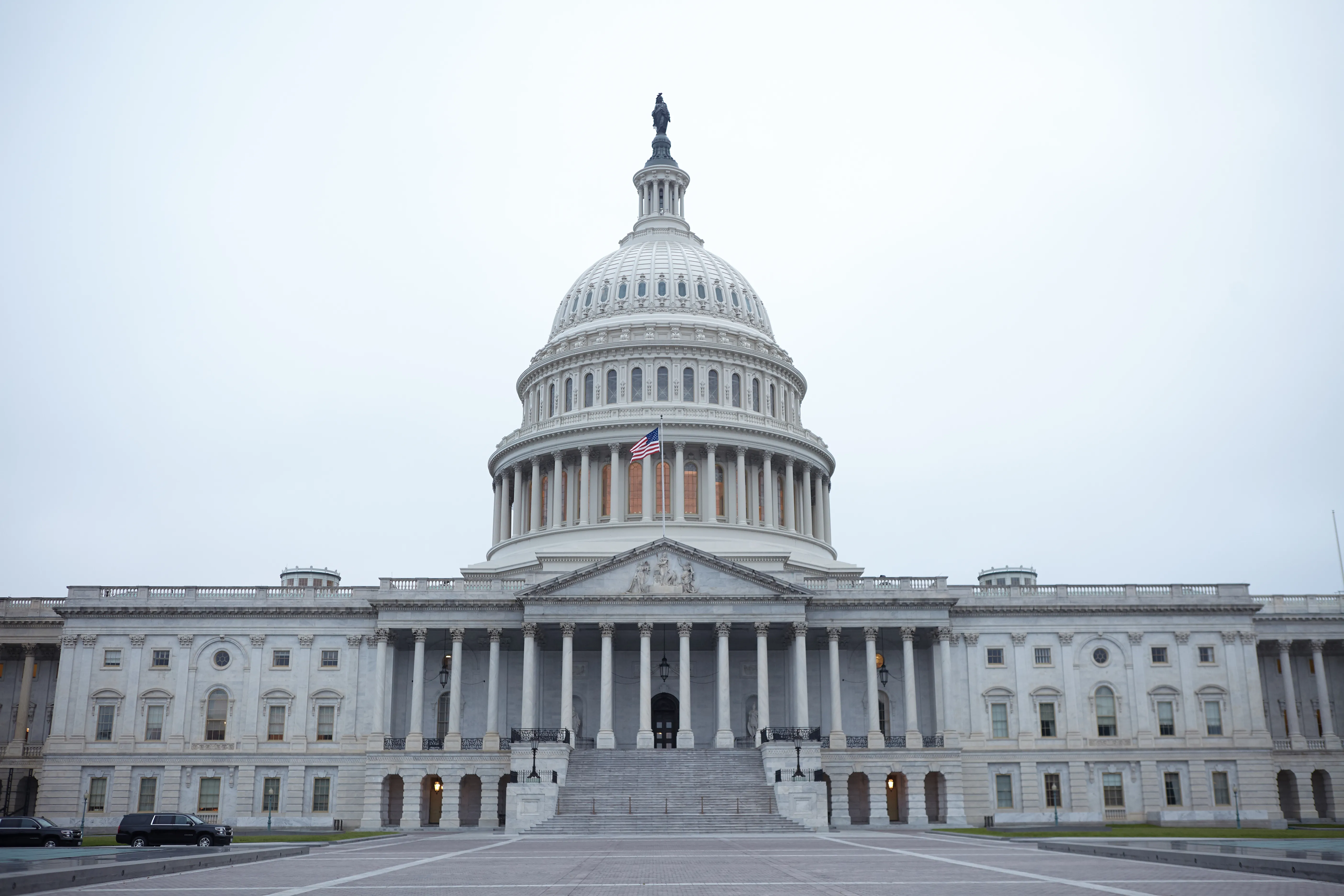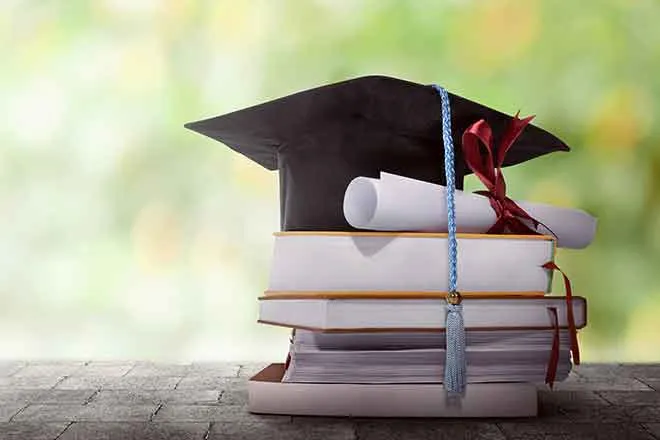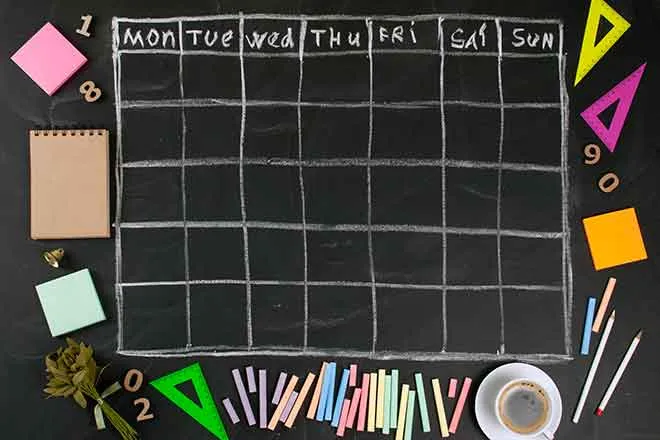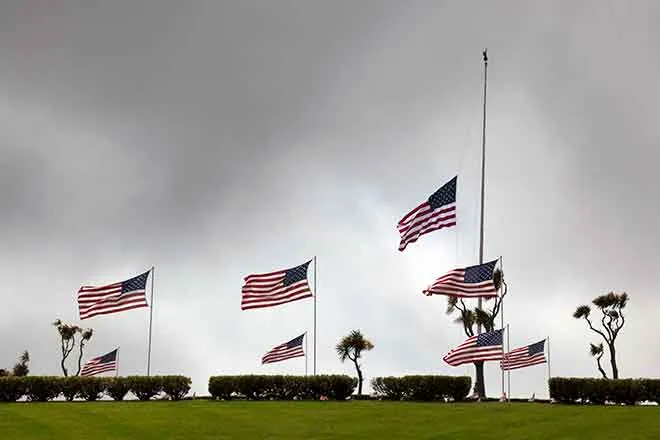
4-H and NASA Partner on Space Age STEM Curriculum
NASA and 4-H, a program of USDA’s National Institute of Food and Agriculture (NIFA), are teaming up with Astronaut and 4-H alumna Peggy Whitson to inspire youth to develop life skills for success inside and outside the classroom. The online resource hub “Expeditionary Skills for Life,” will feature lessons and content built around the skills needed to become an astronaut that also help students succeed across the board.
4-H is NIFA’s flagship positive youth development and education program. The unique partnership with the Cooperative Extension System through land-grant universities and the National 4-H Council empowers young people to lead for a lifetime.
“We are proud to partner with NASA and 4-H alum Peggy Whitson to develop science, technology, engineering and mathematics (STEM) education resources that introduce youth both to science-based activities and career paths,” said NIFA Director Sonny Ramaswamy.
In a video released today, Whitson highlights the new program that will be available to the public in January 2017. Whitson arrived on the International Space Station (ISS) in November and will take command of the ISS in late February when the current commander Shane Kimbrough returns to Earth. The curriculum pairs Whitson’s stay on the ISS with monthly themes such as teamwork, leadership and self-care.
The curriculum is the latest STEM education effort from the 4-H and NASA partnership. The Global Learning and Observations to Benefit the Environment (GLOBE) Program is an existing international educational project that encourages students and the public worldwide to participate in data collection to support scientific research. Teens involved in 4-H Clubs helped review the youth citizen science materials for the Globe Observer mobile app that makes it easy to participate from almost anywhere.
For partnerships like this, 4-H brings more than 100 years of experience in developing hands-on, science-based out-of-school experiences for youth and NASA contibutes its extraordinary resources and expertise. Together they work with the White House Office of Science and Technology Policy on strategic planning and innovative resource development for STEM education.
4-H offers students, teachers and parents a range of other STEM resources for youth including the 4-H National Youth Science Day, the world’s largest youth-led science experiment. Every year thousands of youth take part in the National Science Challenge focused on interesting topics like Rockets to the Rescue!, developed by The University of Arizona in 2014 to explore the field of aerospace engineering and how it relates to real-life global challenges. In 2016, the Drone Discovery Challengeencouraged youth to explore activities surrounding unmanned flight, from piloting to the computer code behind the scenes.
In March 2017, 4-H delegates will gather at the annual National 4-H Conferencein Washington to present their perspectives to NASA, NIFA, and other federal agencies on topics such as science and arts education, mental health and fitness, bullying and social media, and other current challenges.

